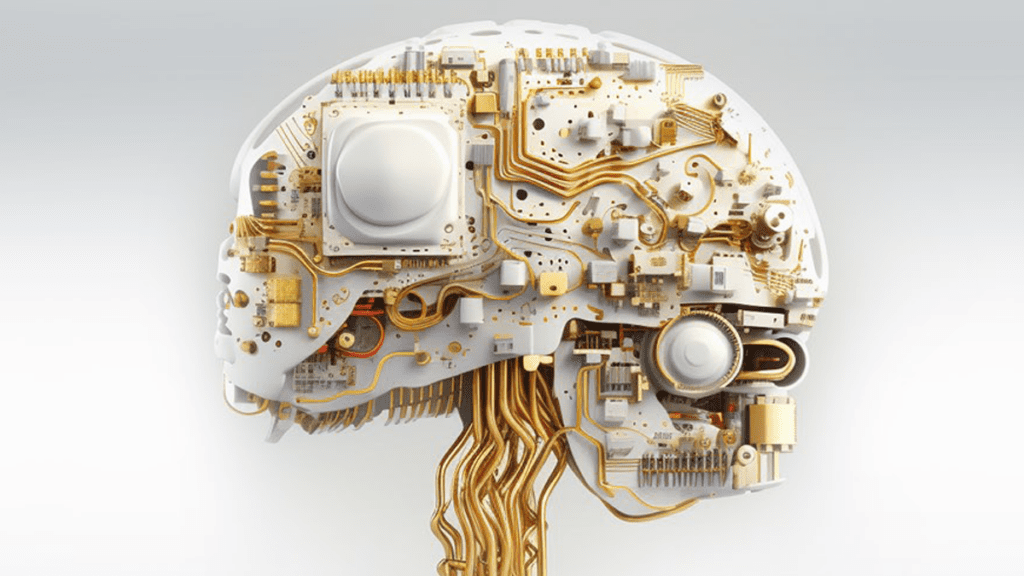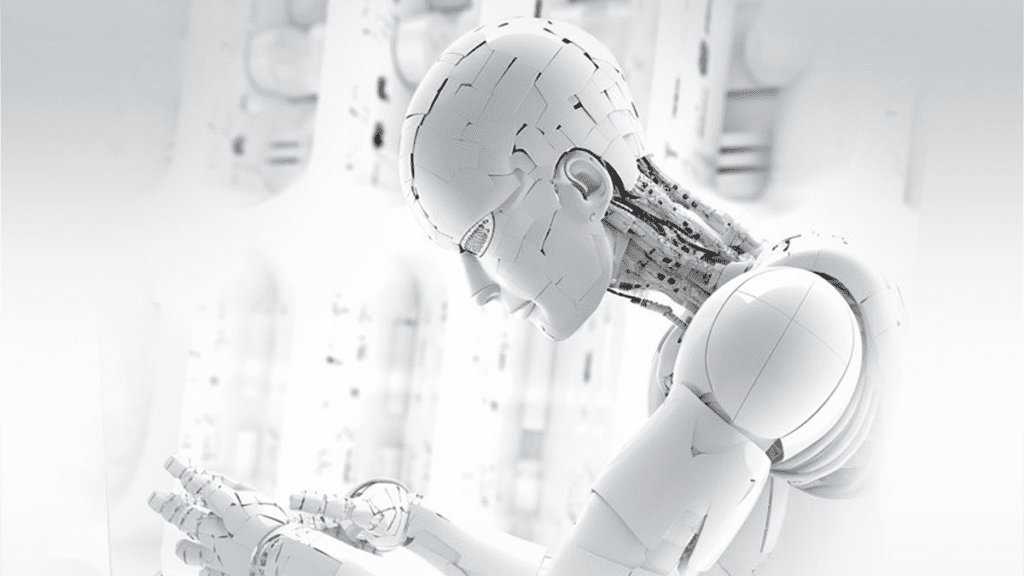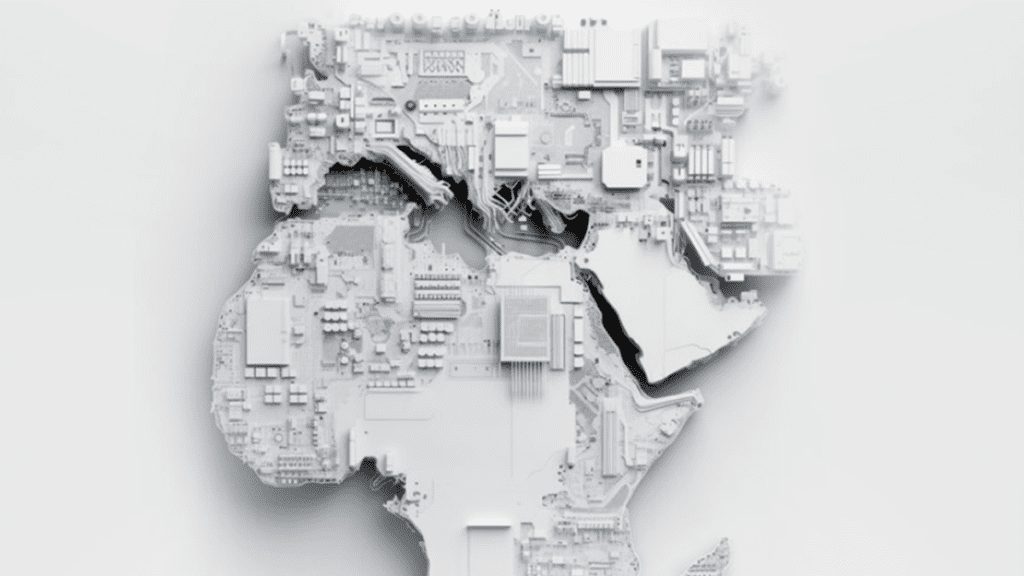Introduction
Formula 1 (F1) is a pinnacle of motorsport that thrives on innovation and technological advancements. A melting pot of high-speed racing, aerodynamic efficiency, and cutting-edge engineering, F1 has consistently pushed the boundaries of what is possible in automotive technology. The need for speed and efficiency drives teams to invest heavily in Research and Development (R&D), to ensure that they remain competitive in the fast-paced world of F1 racing. This article, divided into four parts, aims to delve into the myriad ways innovation has permeated this highly competitive field. In this first part, we will explore advancements in aerodynamics, data analytics, and sustainable technologies.
Aerodynamic Innovations
The Pursuit of Downforce
In the world of F1, aerodynamics is not just about reducing air resistance; it’s about mastering downforce to keep the car glued to the track. Downforce allows for greater speed around corners and thus faster lap times. Teams utilize wind tunnels and Computational Fluid Dynamics (CFD) simulations to design intricate front and rear wings, diffusers, and even elements like bargeboards to manipulate airflow around the car.
DRS: A Game-Changer
The Drag Reduction System (DRS) was introduced as a way to promote overtaking, one of the most challenging aspects of F1 racing. When activated, DRS opens a movable flap on the rear wing, reducing drag and allowing for higher straight-line speeds. This innovation has fundamentally changed strategies and increased the spectacle of racing.
Ground Effect and The Return of “Active” Aero
Historically, the ground effect used skirts and under-car aero elements to produce downforce with minimal drag, but it was deemed too dangerous and hence banned. However, recent regulations are considering the safe reincorporation of some of these concepts. Simultaneously, ‘active aerodynamics,’ systems that can adjust in real-time to different conditions, are currently under discussion for future seasons.
Data Analytics and Real-time Decisions
The Role of Telemetry
Data acquisition and analytics have transformed the tactical elements of F1 racing. Telemetry systems monitor everything from tire pressure to engine temperature, providing real-time data to engineers. This allows for instant decision-making regarding tire changes, fuel strategy, and even driving techniques.
Simulators and Virtual Testing
While on-track testing is limited due to regulations and costs, simulator technology has filled the void, allowing teams to run thousands of virtual laps to analyze car behavior under different circumstances. This technology is so advanced that drivers often remark how close the virtual experience is to actual driving, down to the simulated tire wear and fuel consumption.
Sustainable Technologies
Hybrid Power Units
In an effort to align with global sustainability goals, F1 introduced hybrid power units in 2014. These units combine a traditional internal combustion engine with an Energy Recovery System (ERS), which recycles excess heat and kinetic energy. This not only reduces emissions but also adds a complex layer of strategy concerning energy deployment.
Towards Carbon Neutrality
The F1 organization aims to achieve a net-zero carbon footprint by 2030. To that end, advancements in biofuels and even the exploration of hydrogen-based solutions are being considered. While these technologies are still in their nascent stages, their successful implementation could revolutionize not just F1 but the automotive industry as a whole.
Conclusion of Part 1
Innovation in F1 is not a static phenomenon; it’s a continuous journey of breaking barriers and setting new benchmarks. Aerodynamics, data analytics, and sustainability are merely the tip of the iceberg when it comes to technological advancements in this sport. As we look forward to the next parts of this series, it’s clear that the spirit of innovation in F1 racing is ceaseless, with promising avenues in materials science, driver safety, and fan engagement waiting to be explored. Stay tuned for more in-depth analysis in the following parts.


This concludes the first part of our exploration into the world of F1 innovations. The subsequent parts will delve into other fascinating aspects that make F1 a hotbed of cutting-edge technologies and strategies.
Innovation in F1 Racing: Part 2
Introduction to Part 2
In the first part of this series, we discussed innovations in aerodynamics, data analytics, and sustainable technologies in Formula 1 racing. As we continue this exploration, Part 2 will focus on advancements in materials science, driver safety, and fan engagement, shedding light on how F1 continues to set the standard for what’s possible in motorsports and beyond.
Innovations in Materials Science
Carbon Composites
For decades, F1 cars have utilized carbon fiber composites for their strength-to-weight ratio, enabling lighter and more agile vehicles. These composites make up not just the chassis but various other components of the car, reducing weight while maintaining structural integrity.
Nano-technology Coatings
Beyond structural materials, F1 has also seen innovations in specialized coatings. Nano-technology coatings are applied to components to reduce friction and heat, thereby improving reliability and performance. These technologies are often tested in the extreme conditions of F1 before trickling down to everyday automotive applications.
3D Printing and Rapid Prototyping
The use of 3D printing has revolutionized the design process in F1. Teams can quickly prototype new components, test them in simulations, and then produce them in lightweight materials, all within the span of a few days. This rapid cycle of design and testing has dramatically shortened development timelines.
Driver Safety Innovations
The Halo System
Introduced in 2018, the Halo is a protective cockpit frame designed to deflect debris away from the driver’s head. Initially met with skepticism, the Halo has since proven its worth, saving drivers from potential life-threatening incidents. This innovation is perhaps one of the most significant advancements in driver safety in decades.
Biometric Gloves
Biometric technology is another frontier in F1’s focus on driver safety. For example, gloves equipped with sensors monitor drivers’ vital signs, allowing medical teams to receive real-time data during races, especially critical in the event of a crash.
Impact Simulation
Advanced simulation tools help designers understand the forces and impacts a driver might experience in a crash. This leads to the creation of safer cockpit designs and restraint systems, continually improving the safety of the sport.
Fan Engagement and Experience
Virtual Grand Prix and E-Sports
The rise of e-sports has also touched F1, particularly evident during the COVID-19 pandemic when actual races were postponed. The Virtual Grand Prix series engaged fans and drivers alike, offering an alternative way to experience the excitement of F1 racing.
Interactive Fan Experiences
Technologies like Augmented Reality (AR) and Virtual Reality (VR) are being used to bring fans closer to the action than ever before. These technologies provide virtual trackside experiences, cockpit views, and even simulated driving experiences, democratizing access to the thrilling world of F1.
Social Media and Direct Engagement
The digital age has enabled direct communication between fans and F1 teams and drivers via social media platforms. Live tweeting, AMA (Ask Me Anything) sessions, and behind-the-scenes content have opened up new dimensions in fan engagement, allowing unprecedented access to the sport’s inner workings.
Conclusion of Part 2
As we’ve seen, the realms of materials science, driver safety, and fan engagement are ripe with innovation, all contributing to the rich tapestry that is Formula 1 racing. These advancements not only shape the sport itself but often find applications in broader contexts, from the automotive industry to public safety measures to consumer technologies.
Stay tuned for the subsequent parts where we’ll discuss more avenues through which F1 continues to be a groundbreaking spectacle, not just a race but a celebration of human ingenuity and technological advancements.


We hope this second part has further enriched your understanding of the various facets of innovation in F1 racing. In Part 3, we will delve into other exciting dimensions including track design, the role of artificial intelligence, and the economic impacts of innovation in this ever-evolving sport.
Innovation in F1 Racing: Part 3
Introduction to Part 3
In our previous installments, we explored how Formula 1 acts as a crucible for innovations in aerodynamics, data analytics, materials science, and more. As we venture into Part 3 of this series, our focus shifts to track design, the role of artificial intelligence (AI), and the broader economic impacts of innovation in Formula 1 racing. These areas, often overlooked, are nonetheless critical to the sport’s advancement and popularity.
Track Design and Innovation
Evolution of Track Surfaces
The actual racing surface is an often-underappreciated component of F1 innovation. Over the years, track surfaces have evolved from basic tarmac compositions to highly engineered materials that offer optimal grip, drainage, and durability. These surfaces are tested rigorously to comply with FIA standards and to suit the high demands of F1 racing.
Safety Measures
F1 track design has seen radical changes aimed at improving safety. Innovations like the SAFER Barrier, gravel traps, and the ‘Tecpro’ barriers are all engineered solutions to reduce the impact forces during a crash. The design and positioning of these barriers are calculated meticulously to maximize driver safety.
Spectator Experience
Modern tracks are also designed with the fan experience in mind. Innovations like better camera placement, giant screens, and even track layout are designed to provide optimal viewing angles and to increase the overall entertainment value of the race.
Artificial Intelligence in F1
Predictive Analytics
AI algorithms are used to process data in real-time, helping teams predict various race outcomes such as tire wear, pit strategies, and even potential mechanical failures. This information is invaluable for making split-second decisions that could make or break a race.
Driver Training
AI-based simulators are becoming increasingly sophisticated, offering more than just a virtual racetrack. These systems can mimic real-world scenarios, track conditions, and even other racers’ behavior, providing invaluable experience without the physical risks and costs associated with actual racing.
Automation and Maintenance
AI isn’t just about data analytics and training; it’s also a practical tool for maintaining the cars. Machine learning algorithms can predict when parts are likely to fail or need maintenance, thus ensuring peak performance and reliability.
Economic Impacts of Innovation
Driving Automotive Industry
Formula 1 has always been a testing ground for new automotive technologies. Many features we now consider standard in passenger cars, such as disc brakes and aerodynamic designs, were first perfected in F1. This symbiotic relationship accelerates the development of new technologies that eventually benefit the consumer market.
Job Creation and Skill Development
The F1 industry employs thousands of individuals, from engineers to marketing professionals. It serves as an incubator for high-skilled jobs and contributes to educational programs aimed at creating the next generation of scientists, engineers, and other professionals.
Global Branding and Sponsorships
The economic reach of F1 extends to global branding opportunities and sponsorships. Companies invest millions in F1 not just for advertising but also for the prestige and innovation association that comes with being part of this high-tech sport.
Conclusion of Part 3
Track design, artificial intelligence, and the broader economic impacts are integral facets of innovation in Formula 1 racing. The blend of technology and human skill, the intersection of sport and science, and the balance between competition and entertainment—these are the dimensions that make F1 a unique and continuously evolving field.
In the upcoming and final part of this series, we will explore the future trajectory of innovation in Formula 1, considering how emerging technologies like electric propulsion and even autonomous driving could redefine this classic sport. Stay tuned for more in-depth analysis in the concluding part of this exploration into F1 innovation.


With this, Part 3 comes to a close. Keep an eye out for Part 4 where we will journey into the future possibilities and challenges that lie ahead in the world of Formula 1 racing.
Innovation in F1 Racing: Part 4
Introduction to Part 4
As we arrive at the concluding part of this series, it’s time to look ahead. So far, we’ve explored the myriad ways in which Formula 1 serves as a hotbed for technological innovations that span from the track to the fan experience and beyond. In this final installment, we will delve into the future trajectory of F1 innovation, touching upon topics like electric propulsion, autonomous driving, and even the possibilities of space-age materials.
The Future of Propulsion in F1
Transition to Electric
While Formula 1 has made significant strides in sustainability with hybrid power units, the future may see an even more radical change: fully electric F1 cars. Formula E has already shown that electric racing can be exciting and technically intriguing. Could F1 eventually follow suit? A fully electric F1 would not only be a monumental step for the sport but could also expedite advancements in electric vehicle technology.
Hydrogen Fuel Cells
Another avenue for F1 could be hydrogen fuel cells, which offer high energy density and quick refueling times, something that batteries still struggle with. Hydrogen, if produced sustainably, could provide an environmentally friendly option that also aligns with the high-performance criteria of F1.
Autonomous Technologies and F1
Driver-Assist Systems
While the skill of the driver is an essential aspect of F1, we may start to see more advanced driver-assist systems being integrated into cars. These systems could handle mundane tasks, leaving drivers to focus on strategy and execution. However, there is a delicate balance to maintain, as over-automation could detract from the skill-based nature of the sport.
Remote Sensing and Real-Time Strategy
Advancements in AI and machine learning could also bring about the advent of real-time, remote sensing systems that monitor track conditions, weather, and even the health of drivers, dynamically adapting race strategies in response.
Space-Age Materials and Engineering
Advanced Metamaterials
Beyond carbon composites, future F1 cars could be made from materials not yet mainstream. Metamaterials with properties that can be controlled and changed in real-time offer fascinating possibilities, from adaptive aerodynamic elements to structures that can self-heal minor damages during a race.
Heat Shields and Thermal Management
Space exploration technologies like advanced heat shields could find their way into F1, offering unprecedented thermal management solutions. With the extreme temperatures generated during races, such technologies could significantly improve performance and reliability.
The Final Lap: Preparing for the Unpredictable
Regulatory Challenges
Innovation in F1 doesn’t exist in a vacuum; it is often subject to a complex set of regulations and guidelines aimed at maintaining fair competition and safety. How these regulations evolve will significantly influence the pace and direction of technological advancements in the sport.
Beyond Earth?
As outlandish as it may sound now, the future could even see F1 extending its domain beyond Earth. Imagine a Grand Prix on a Lunar or Martian track, enabled by the progress of space exploration technologies. While this may remain the stuff of science fiction for now, it’s a testament to the boundless potential of innovation in F1.
Conclusion of Part 4 and the Series
The world of Formula 1 is an ever-evolving landscape of technology, skill, and thrill. As we look to the future, it’s clear that the spirit of innovation is alive and well, promising to take the sport to new heights—perhaps even beyond our atmosphere. Whether it’s the electrification of the grid, the incorporation of AI, or the adoption of space-age materials, one thing is certain: F1 will continue to be a symbol of human ingenuity and a testing ground for cutting-edge technologies.
Thank you for following this series on Innovation in F1 Racing. We hope it has provided you with a comprehensive understanding of how this remarkable sport constantly pushes the boundaries of what is possible. As we close this chapter, we can’t help but feel excited for what the future holds—not just for Formula 1, but for the ripple effects its innovations will inevitably have on technology, society, and our collective imagination.
This concludes our four-part series on Innovation in F1 Racing. While the checkered flag may be waving on this exploration, the race for innovation never really ends. Keep your eyes on the track; the future is sure to be exhilarating.



